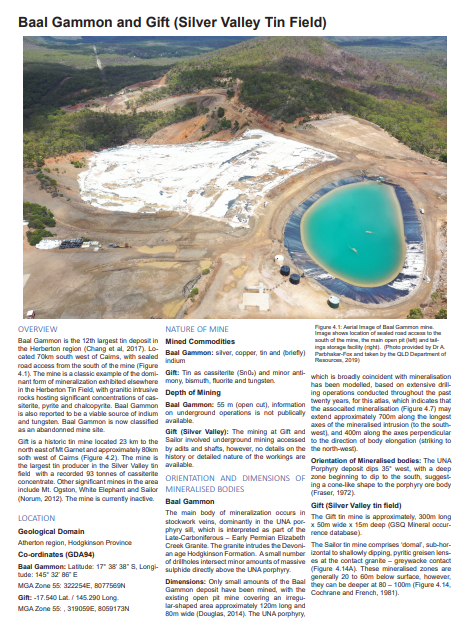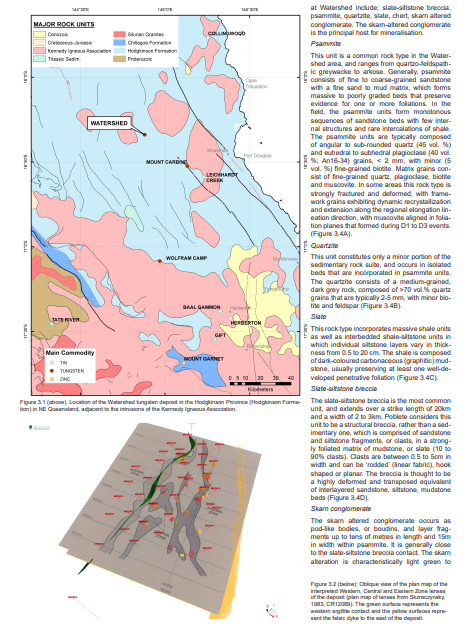
Discovering new mineral deposits in Queensland will be easier than ever thanks to a new series of technical atlases published by the Sustainable Minerals Institute’s (SMI) WH Bryan Mining Geology Research Centre (BRC) and their partners at the Geological Survey of Queensland (GSQ).
The atlases feature publicly available deposit data that has been integrated into 3D databases, sets of maps and descriptions which are extremely valuable to exploration geologists.
36 atlases – 24 in the NW Mineral Province around Mount Isa and another 12 in NE Queensland focusing on new economy minerals - have now been completed and published.
SMI Deputy Director (Production) Professor Rick Valenta said the atlases provides information that gives explorers an edge when it comes to discovering new deposits.
“Technical atlases often find their most important discoveries by recognising features that are similar to deposits they have seen somewhere else, so having a detailed atlas of existing deposits is incredibly valuable,” said Prof Rick Valenta.
“The ‘easy to discover deposits’ were mostly found years ago, so now it is important to be able to recognise the subtle indications of mineral deposits that aren’t obvious at the surface.
“It is truly a case of “looking at what everyone has looked at, and seeing what no one else has seen.
“It is also vitally important to recognise the “haloes” of these deposits – the areas around the deposits that might cover hundreds of metres to several kilometres where subtle evidence in the geology, minerals, geochemistry or geophysics give indications that there is a major deposit nearby.”
The atlases have been enthusiastically welcomed by the industry, with a recent survey of exploration companies operating in Queensland showing 86 per cent of the respondents rated them as ‘very useful’ to ‘extremely useful’.

Geological Survey of Queensland Director Minerals Geoscience Dr Helen Degeling said “Data accessibility has become a real barrier to companies being able to develop a complete picture of the deposits that they hold or developing models for new deposits.”
BRC Total Deposit Knowledge Group Leader Associate Professor Paul Gow added that industry’s willingness to share data was important to enhancing the atlases.
“There is a wealth of data available on these deposits, but it is very challenging for exploration companies to take the time to clean up all of the data and pull it together into these atlases”, said.
“We have had great cooperation from the mining companies who own these mines, and they have shared quite a lot of their confidential data for inclusion in the atlases.
“There is a strong realisation that new discoveries are important for the whole industry and sharing data will increase everyone’s chances of success.”
All the atlases are now available on the GSQ’s open data portal as well as the BRC website.



